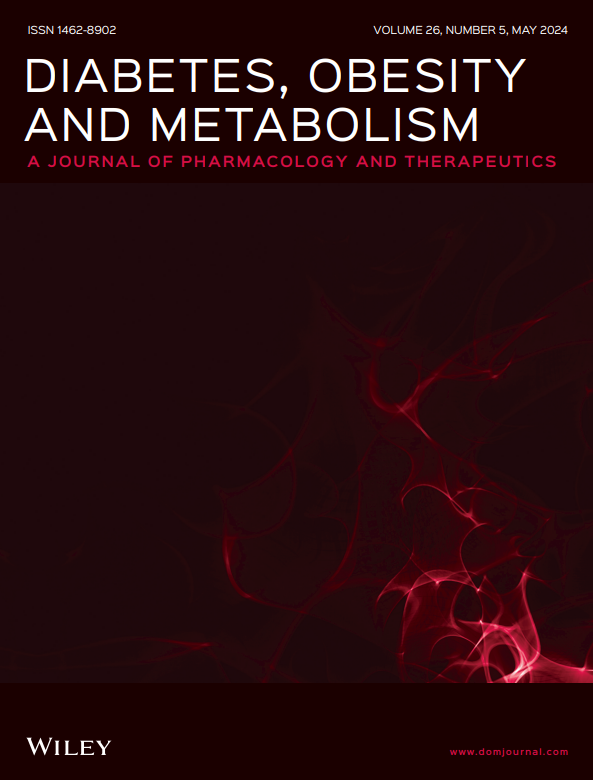FRONTIER: FReeStyle Libre system use in Ontario among people with diabetes in the IC/ES database—Evidence from real-world practice: Patients on basal insulin, glucagon-like peptide 1 receptor agonist or oral therapies
Abstract
Aim
We aimed to investigate glycated haemoglobin (HbA1c) levels and healthcare resource utilization (HCRU; emergency department [ED] visits or hospitalization) before and after adoption of FreeStyle Libre sensor-based glucose monitoring systems (FSL) by people with type 2 diabetes mellitus (T2DM) on basal insulin without glucagon-like peptide 1 receptor agonist (GLP-1 RA) therapy, basal insulin with GLP-1 RA therapy, GLP-1 RA therapy without insulin or oral therapy alone.
Materials and Methods
Routinely collected administrative health data (housed at IC/ES, formerly the Institute for Clinical Evaluative Sciences) in Ontario, Canada were used to identify 20 253 people with T2DM who had a first FSL claim between 16 September 2019 and 31 August 2020 (index date) and remained active on FSL for 24 months' follow-up. HCRU was measured for 12 months before the index date and the last 12 months of the 24-month follow-up period. HbA1c data were taken from the latest tests in each period.
Results
Mean HbA1c was statistically significantly reduced after FSL acquisition among people aged ≤65 or >65 years in all four treatment groups (range, 0.3–0.8% reduction). After FSL acquisition, ED visits and hospitalization were statistically significantly reduced in the oral therapy only group and in some basal insulin subgroups (without GLP-1 RA, all except hospitalization aged ≤65 years; with GLP-1 RA, only ED visits aged ≤65 years).
Conclusions
Among people with T2DM using basal insulin and/or non-insulin therapies, HbA1c levels were statistically significantly improved and HCRU was reduced after initiation of FSL.

 求助内容:
求助内容: 应助结果提醒方式:
应助结果提醒方式:


